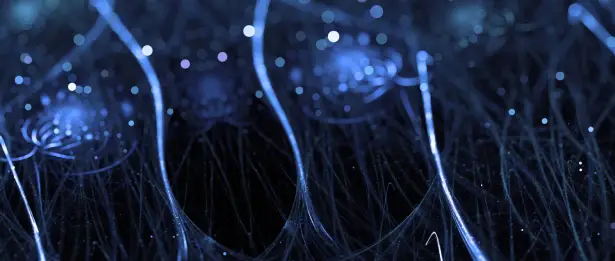Stem Cell Applications in Neurodegenerative Diseases

What is Stem Cell Therapy for Neurodegenerative Diseases?
The common feature of diseases such as Parkinson's, Alzheimer's, Spinal cord injury, Cerebral Palsy, Ataxia and Huntington's disease, which are genetically based or can develop due to trauma and concern the central nervous system organs (brain, cerebellum, brainstem and spinal cord), is based on the principle that the cells that function in these organs die for some reason.
The goal in stem cell-based cellular therapies is to replace these dead cells with new healthy cells and to eliminate the immunological effects and inflammatory process (inflammation) that occur as a result of the pathology of the disease. For this purpose, many clinical studies have been carried out in our country and in the world and are still continuing. In our center, stem cell clinical research and trial applications can continue in such diseases with the permissions received from the authorized institutions of the Ministry of Health.
Stem cell applications for these diseases are mainly applied in 3 ways; Intravenous (through the vein), intramuscular (multiple injections into the muscle) and intrathecal (into the cerebrospinal fluid) applications can be performed under operating room conditions and these applications can be repeated 2 to 6 times depending on the course of the disease.